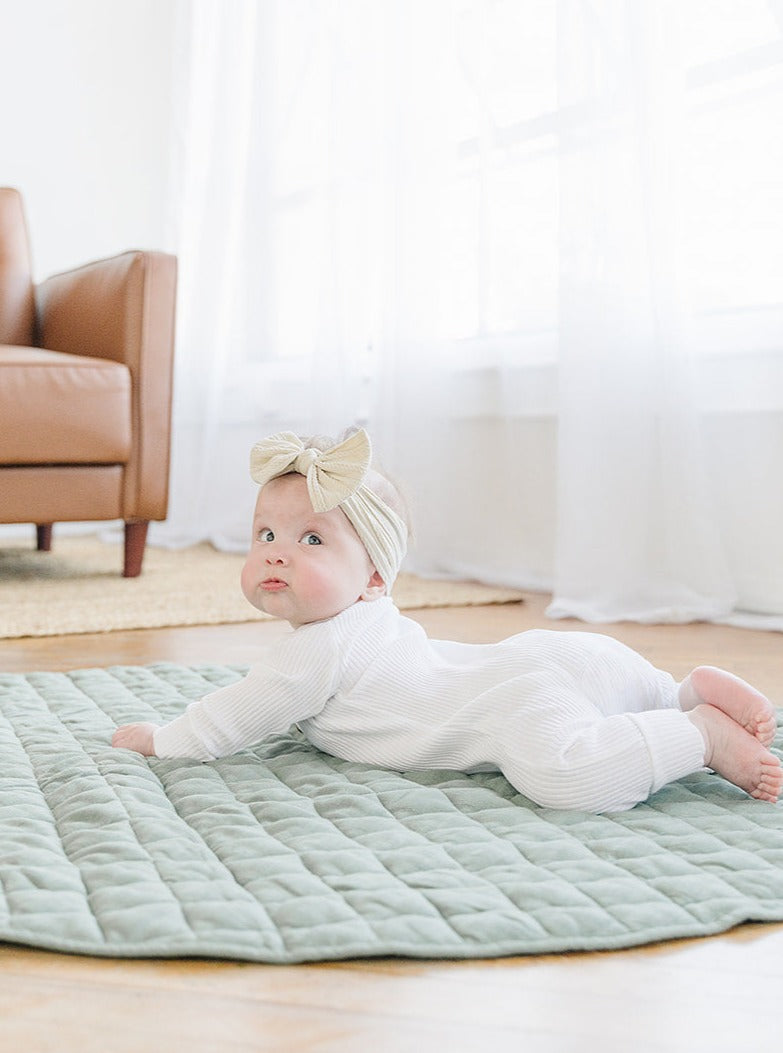Understanding Kasper Leads: A Guide to Enhancing Your Lead Generation Strategy
Understanding Kasper Leads: A Guide to Enhancing Your Lead Generation StrategyIn the world of digital marketing, lead generation is one of the most critical aspects of driving business growth. One powerful tool in the lead generation arsenal is Kasper Leads. If you’re looking to improve your lead capture and qualification process, understanding what Kasper Leads are and how they can benefit your business is essential.
What Are Kasper Leads?
Kasper Leads are a form of lead generation that involves identifying and tracking high-potential prospects through behavioral analytics. Named after the popular “Kasper” methodology, which is based on identifying users’ online behavior and intentions, these leads are recognized as highly qualified due to their demonstrated interest in your products or services. Rather than simply relying on contact details like emails or phone numbers, Kasper Leads take into account how users interact with your website and content, providing a more comprehensive view of the potential customer.
How Kasper Leads Work
The process of generating Kasper Leads begins with tracking user activity across various touchpoints on your website. This includes monitoring:
Page Visits: What pages do they visit? How long do they stay?
Interactions: Do they engage with calls to action (CTAs), click on product images, or initiate chat sessions?
Form Submissions: Have they filled out a form for more information or requested a demo?
Purchase Behavior: Are they browsing products, adding items to their cart, or checking out?
By analyzing these actions, Kasper Leads helps identify users who have a higher likelihood of converting into customers. This data-driven approach goes beyond basic contact form submissions and instead focuses on the intent behind each visitor’s actions, providing marketers with better-qualified leads to nurture.
Benefits of Using Kasper Leads in Your Marketing Strategy
Higher Conversion Rates
By identifying users who are most likely to convert, Kasper Leads allow businesses to focus their efforts on nurturing high-potential prospects. This means that your marketing team can prioritize the most promising leads, resulting in higher conversion rates and a better return on investment.
Improved Lead Quality
Kasper Leads help improve the quality of your leads by using behavioral data to pinpoint prospects who have shown a clear intent to purchase. Unlike generic lead capture forms, which may attract less interested individuals, this method ensures that you’re spending time and resources on leads that are already primed for conversion.
More Personalized Marketing
When you understand the specific actions of your leads, you can tailor your marketing efforts to better meet their needs. For example, if a visitor has been browsing your pricing page for an extended period, you might offer a targeted discount or send them additional product information to help seal the deal.
Reduced Wasted Effort
By filtering out low-quality leads early in the process, Kasper Leads help you avoid wasting time on prospects who aren’t likely to convert. Instead, you can focus your marketing and sales efforts on leads that are more likely to result in a sale.
How to Capture Kasper Leads
Capturing Kasper Leads requires a combination of tools and strategies to track user behavior and gather meaningful data. Here’s how you can get started:
Use Advanced Analytics Tools: Implement tools like Google Analytics, Hotjar, or Crazy Egg to track user activity on your site. These tools provide heatmaps, session recordings, and in-depth reports that help you analyze how users interact with your content.
Integrate Lead Scoring Systems: Integrating lead scoring systems into your CRM helps you assign value to different actions that a visitor takes on your website. This will allow you to focus on leads who are showing the most interest in your products.
Create Engaging Content: Content is a key driver for lead generation. By offering value-driven content like blogs, webinars, eBooks, and product demos, you can attract users who are more likely to engage and convert.
Automated Follow-Up: Once you’ve identified Kasper Leads, use marketing automation tools to nurture these prospects. Send personalized emails, offers, and reminders based on the behavior they’ve shown, keeping them engaged with your brand until they’re ready to convert.
Conclusion
Kasper Leads offer an advanced and effective way to identify, qualify, and convert website visitors into customers by analyzing their behavior and engagement. By adopting Kasper Leads in your marketing strategy, you can ensure that your team focuses on high-potential prospects, improving conversion rates, and increasing ROI. If you’re looking for more ways to enhance your lead generation efforts, consider working with experts who can help you implement advanced strategies for success. For more information on lead generation and marketing services, visit P5 Marketing.



